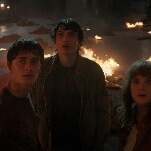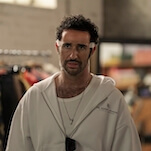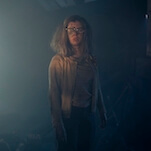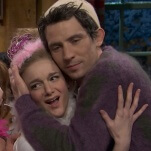Caprica: “The Imperfections Of Memory ”
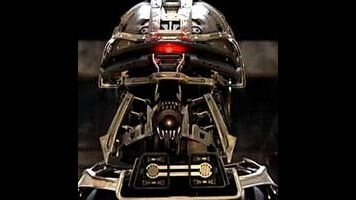
There was a lot to unpack in this week’s episode of Caprica, so it was nice of the writers to give us a title that serves as a key to the thematic trunk, if you will. (And I don’t know why you would. That’s a terrible metaphor.)
From the outset of the series, Caprica has mostly dodged one of the main questions its very premise raises: Can a human soul be replicated? Daniel Graystone concocts a version of Tamara Adama out of whatever virtual records exist of the poor dead girl, but while Tamara-2 looks and sounds like (and even shares memories with) the original, she is her own individual creation now. Even if Daniel were to program her with the traits Joe Adama would like her to have—traits based on a father’s memory of his daughter, not necessarily how she actually was—she’d still, in this show’s version of the virtual world, be able to make her own choices and have experiences that would turn her into a different person than she was at the moment of creation. I see this happen every day in my own, non-fictional world. My kids are the product of what my wife and I have raised them to be, yet every day they do and say things that catch us completely, delightfully, by surprise. It’s not all just repetition of input.
“The Imperfections Of Memory” toys cleverly with this question of how our attempts to square other people off routinely go awry. Sometimes it’s our own environment we can’t control, such as when Amanda freaks out at discovering that the memorial for the MagLev victims is being moved to Apollo Park. Her mourning for Zoe is tied to that spot, where the bombing took place. Changing the location changes the ritual, which changes the meaning. And Amanda doesn’t want that change.
Sometimes it’s our brains we can’t control. During the hubbub with the memorial, Amanda sees her brother Darius’ face in the crowd, and then she sees him again at the scene of a car accident the next day. It all takes her back to her days at the Delphi Convalescent Institute, when she used to chase Darius through the halls while she was recovering from a car accident they both were in. Only one problem: Darius died in that car accident, and the DCI is the mental hospital where Amanda spent two years trying not to see him everywhere. If Darius is popping up again, then Amanda may be losing her grip on sanity. But is conjuring Darius with her mind any crazier than Daniel conjuring dead girls with technology?
Right by Amanda’s side during her breakdown is Sister Clarice, toting a big expensive bottle of Scorpion ambrosia and still looking for the “Zoe” program that the STO now knows has been downloaded somewhere by Daniel. Amanda trusts Clarice so much that she lets her new friend take her to her favorite opiate-smoking spot, where Amanda’s perception drifts even further from reality. (Also note that their conversation in the Graystone living room is shot largely through distorting glass vases. And did you notice that the museum exhibit poster that Ghost Darius led Amanda too was touting impressionist paintings? Everything was blurry in Amanda’s world this week.)
In the rest of “The Imperfections Of Memory,” we moved from a real world getting foggier to a virtual world getting realer. With Tad as his guide, Joe Adama finally gains access to the corners of V-world where Tamara is likely to be hanging out: most notably New Cap City, the game that his daughter is dominating. Joe expects the game to be pure fantasy—he’s annoyed to learn that he can’t just fly wherever they want to go—but Tad explains that the stakes here are very real. Their actual genetic code is bonded to their avatars, so that when they’re “killed” in the game, they can’t ever play again, even with a new avatar. They can’t just re-copy themselves, in other words. And sure enough, due to Joe’s incompetence, Tad dies, and Joe has to make his way through New Cap City with the help of a new guide, “Emmanuelle,” who has a more mercenary air.
The realism of New Cap City should appeal to Zoe-2, who like her late creator despises the corner-cutting and fakeyness of most parts of V-World. On a virtual date with Philomon, she notes how the trees all look more or less the same around them, without the infinite variety of more treelike trees. She thinks the tree-rendering program should be more generative, so the virtual “seed” of a tree could produce something unique. This insight inspires Philomon to rethink the Cylon project, realizing the mistake that he and Daniel have been making in their approach to building these robots. They’re trying to copy what they’ve already got on hand—the Zoe-Bot—when there may be an essential analog element to the digital program. “A tiny difference could make a difference,” Philomon says to Daniel, by way of explaining why they can’t take the complex “personality” of their Cylon and just copy-and-paste it into another machine. The copy wouldn’t be exact, and if it’s not exact, it won’t work. They may need to create new “lives” each time out in order to make this project work.






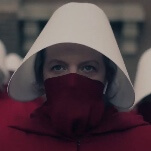
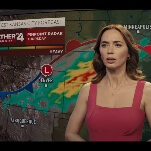

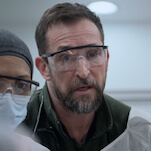

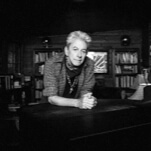



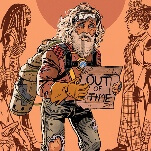







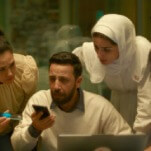
![Rob Reiner's son booked for murder amid homicide investigation [Updated]](https://img.pastemagazine.com/wp-content/avuploads/2025/12/15131025/MixCollage-15-Dec-2025-01-10-PM-9121.jpg)

